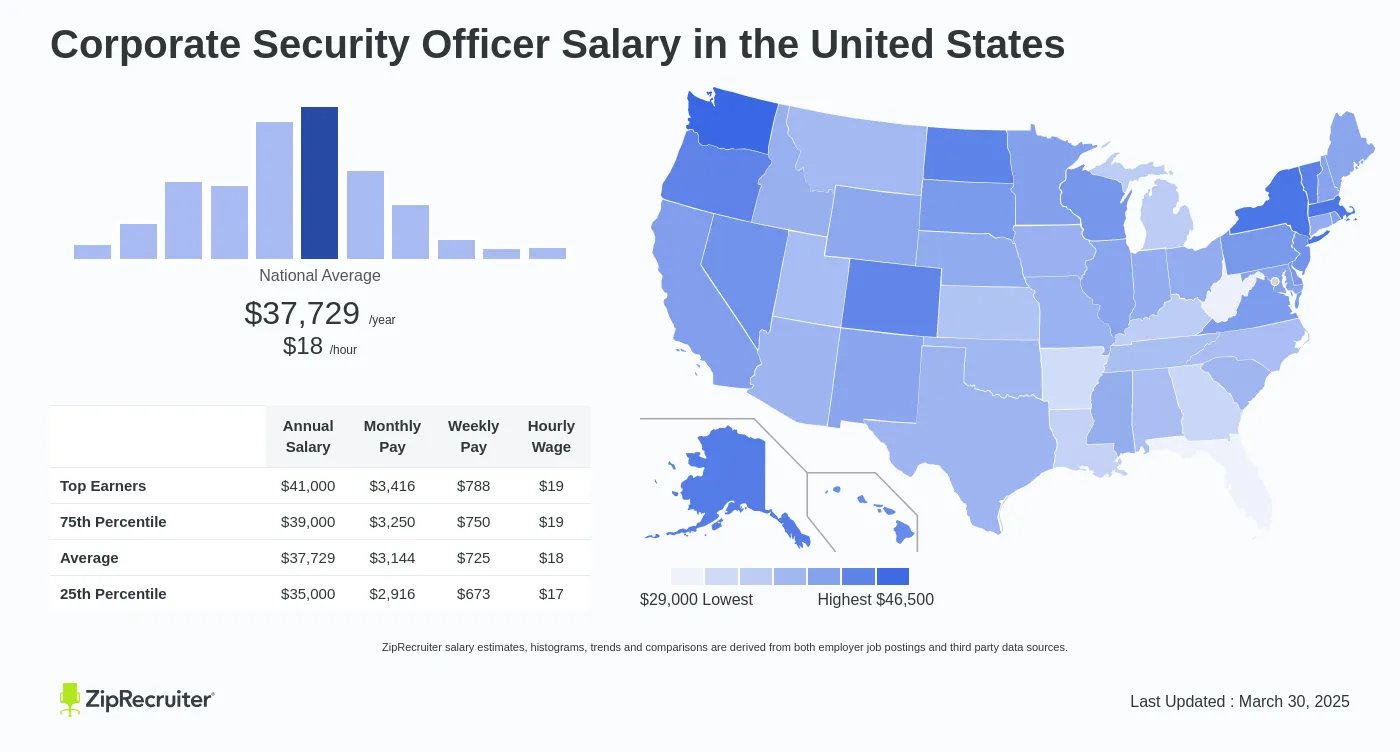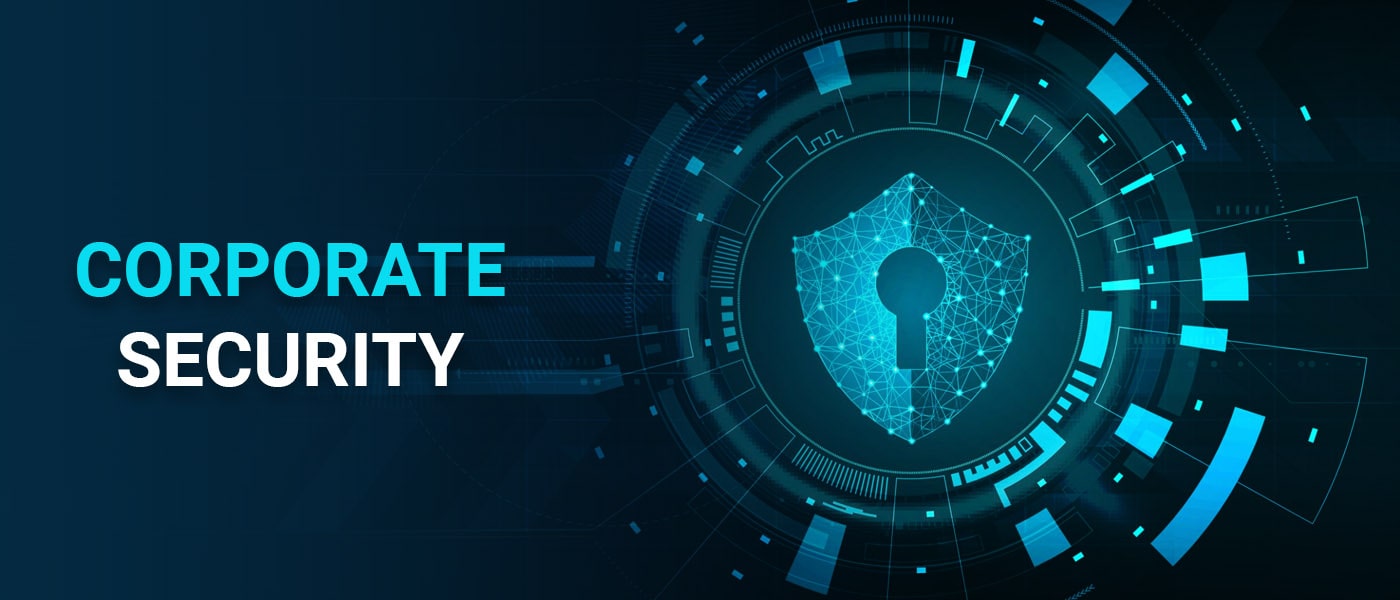Protecting Your Service: Corporate Security Fundamentals Introduced
Protecting Your Service: Corporate Security Fundamentals Introduced
Blog Article
From Cybersecurity to Physical Actions: Reinforcing Company Protection in an Altering Globe
In today's quickly evolving electronic landscape, the value of business safety can not be overemphasized. As cyber threats become increasingly sophisticated and prevalent, companies must surpass conventional cybersecurity actions to secure their procedures and assets - corporate security. This is where the integration of physical security measures ends up being vital. By combining the staminas of both cybersecurity and physical safety, firms can create an extensive protection approach that deals with the varied array of threats they deal with. In this conversation, we will certainly discover the changing risk landscape, the requirement to incorporate cybersecurity and physical safety and security, the application of multi-factor authentication procedures, the value of employee awareness and training, and the adjustment of safety and security procedures for remote labor forces. By taking a look at these vital locations, we will certainly gain beneficial understandings right into just how companies can strengthen their corporate security in an ever-changing world.
Recognizing the Transforming Hazard Landscape
The developing nature of the contemporary world necessitates an extensive understanding of the altering threat landscape for effective business safety and security. It is vital for organizations to remain notified and adjust their safety and security gauges to address these progressing hazards.
One key aspect of understanding the changing risk landscape is acknowledging the different types of risks that organizations deal with. Furthermore, physical risks such as burglary, criminal damage, and company espionage continue to be widespread concerns for services.
Tracking and analyzing the danger landscape is important in order to determine possible dangers and vulnerabilities. This involves remaining upgraded on the most recent cybersecurity fads, assessing threat knowledge records, and performing routine risk assessments. By comprehending the altering threat landscape, companies can proactively apply proper security procedures to reduce threats and secure their assets, online reputation, and stakeholders.
Integrating Cybersecurity and Physical Safety
Integrating cybersecurity and physical safety is critical for extensive business defense in today's interconnected and digital landscape. As organizations progressively depend on innovation and interconnected systems, the borders between physical and cyber threats are ending up being blurred. To successfully protect versus these threats, an alternative strategy that integrates both cybersecurity and physical security steps is important.
Cybersecurity concentrates on protecting digital properties, such as systems, data, and networks, from unapproved accessibility, interruption, and burglary. Physical security, on the other hand, incorporates steps to safeguard physical assets, people, and centers from risks and susceptabilities. By incorporating these 2 domains, companies can address susceptabilities and risks from both physical and digital angles, thereby improving their overall security stance.
The assimilation of these two disciplines permits a much more detailed understanding of protection threats and makes it possible for a unified response to incidents. For example, physical access controls can be enhanced by incorporating them with cybersecurity protocols, such as two-factor verification or biometric recognition. In a similar way, cybersecurity measures can be complemented by physical safety and security steps, such as monitoring electronic cameras, alarm systems, and safe and secure accessibility factors.

Carrying Out Multi-Factor Authentication Actions
As organizations significantly prioritize extensive security actions, one effective technique is the execution of multi-factor authentication steps. Multi-factor verification (MFA) is a security technique that calls for users to supply numerous types of recognition to access a system or application. This technique adds an added layer of defense by combining something the individual understands, such as a password, with something they have, like a finger print or a safety and security token.
By applying MFA, organizations can substantially boost their safety pose - corporate security. Typical password-based verification has its limitations, as passwords can be easily jeopardized or neglected. MFA minimizes these threats by adding an added verification factor, making it more difficult for unauthorized individuals to get to delicate information
There are several sorts of multi-factor authentication techniques offered, including biometric authentication, SMS-based verification codes, and hardware tokens. Organizations require to examine their details requirements and choose one of the most appropriate MFA option for their demands.
Nevertheless, the application of MFA ought to be meticulously planned and executed. It is important to strike a balance in between safety and security and use to avoid individual irritation and resistance. Organizations ought to also take into consideration prospective compatibility problems and offer ample training and assistance to guarantee a smooth change.
Enhancing Employee Recognition and Training
To strengthen business safety, companies must focus on boosting employee awareness and training. Numerous safety violations take place due to human mistake or lack of understanding.
Efficient worker understanding and training programs must cover a large range of topics, including information security, phishing assaults, social web design, password hygiene, and physical safety and security steps. These programs must be customized to the details demands and responsibilities of different employee roles within the organization. Regular training sessions, workshops, and simulations can help employees develop the necessary abilities and expertise to recognize and react to safety dangers effectively.
In addition, organizations ought to motivate a society of protection recognition and give continuous updates and tips to keep workers educated concerning the most current risks and mitigation strategies. This can be done with internal communication networks, such as newsletters, intranet portals, and email projects. By cultivating a security-conscious labor force, organizations can substantially minimize the chance of safety and security occurrences and safeguard their valuable possessions from unauthorized accessibility or compromise.

Adapting Security Procedures for Remote Labor Force
Adapting business protection steps to fit a remote labor force is vital in making certain the protection of sensitive info and properties (corporate security). With the increasing trend of remote work, companies have to implement suitable protection actions to minimize the risks related to this new method of working
One essential facet of adjusting security procedures for remote job is establishing safe and secure communication networks. Encrypted messaging platforms and digital private networks (VPNs) can help protect sensitive information and prevent unapproved access. In addition, organizations need to impose using strong passwords and multi-factor authentication to improve the security of remote access.
Another important consideration is the implementation of protected remote gain access to remedies. This involves offering workers with safe and secure access to corporate resources and data with online desktop facilities (VDI), remote desktop methods (RDP), or cloud-based options. These innovations make sure that sensitive details continues to be secured while making it possible for workers to do their duties successfully.

Finally, detailed protection understanding training is essential for remote employees. Educating sessions need to cover best practices for securely accessing and handling delicate info, recognizing Read More Here and reporting phishing efforts, and preserving the overall cybersecurity hygiene.
Verdict
In final thought, as the danger landscape proceeds to progress, it is important for organizations to reinforce their safety and security gauges both in the cyber and physical domain names. Integrating cybersecurity and physical safety, applying multi-factor verification procedures, and boosting employee awareness and training are necessary actions towards accomplishing durable business protection.
In this conversation, we will certainly check out the altering danger landscape, the demand to integrate cybersecurity and physical safety, the application of multi-factor verification steps, the importance of worker understanding and training, and the adaptation of protection measures for remote labor forces. Cybersecurity procedures can be matched by physical safety and security measures, such as surveillance cameras, alarm systems, and protected accessibility factors.
As companies progressively focus on detailed security procedures, one reliable approach is the application of multi-factor verification measures.In conclusion, as the hazard landscape continues to progress, it is vital for companies to reinforce their safety gauges both in the cyber and physical domain names. Integrating cybersecurity and physical safety, carrying navigate to these guys out multi-factor authentication measures, and boosting employee recognition and training are necessary steps towards accomplishing durable corporate security.
Report this page